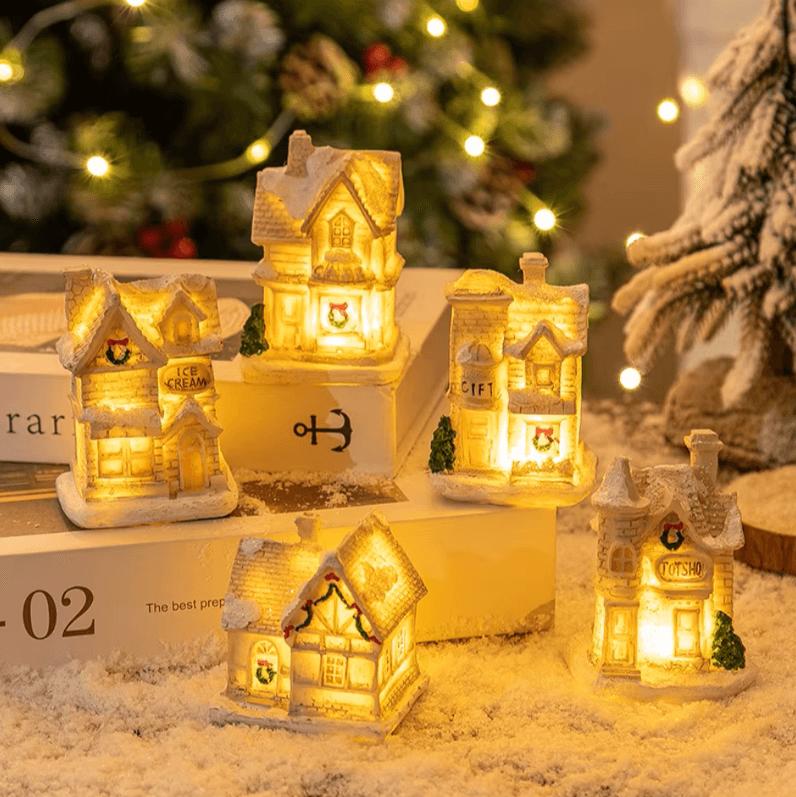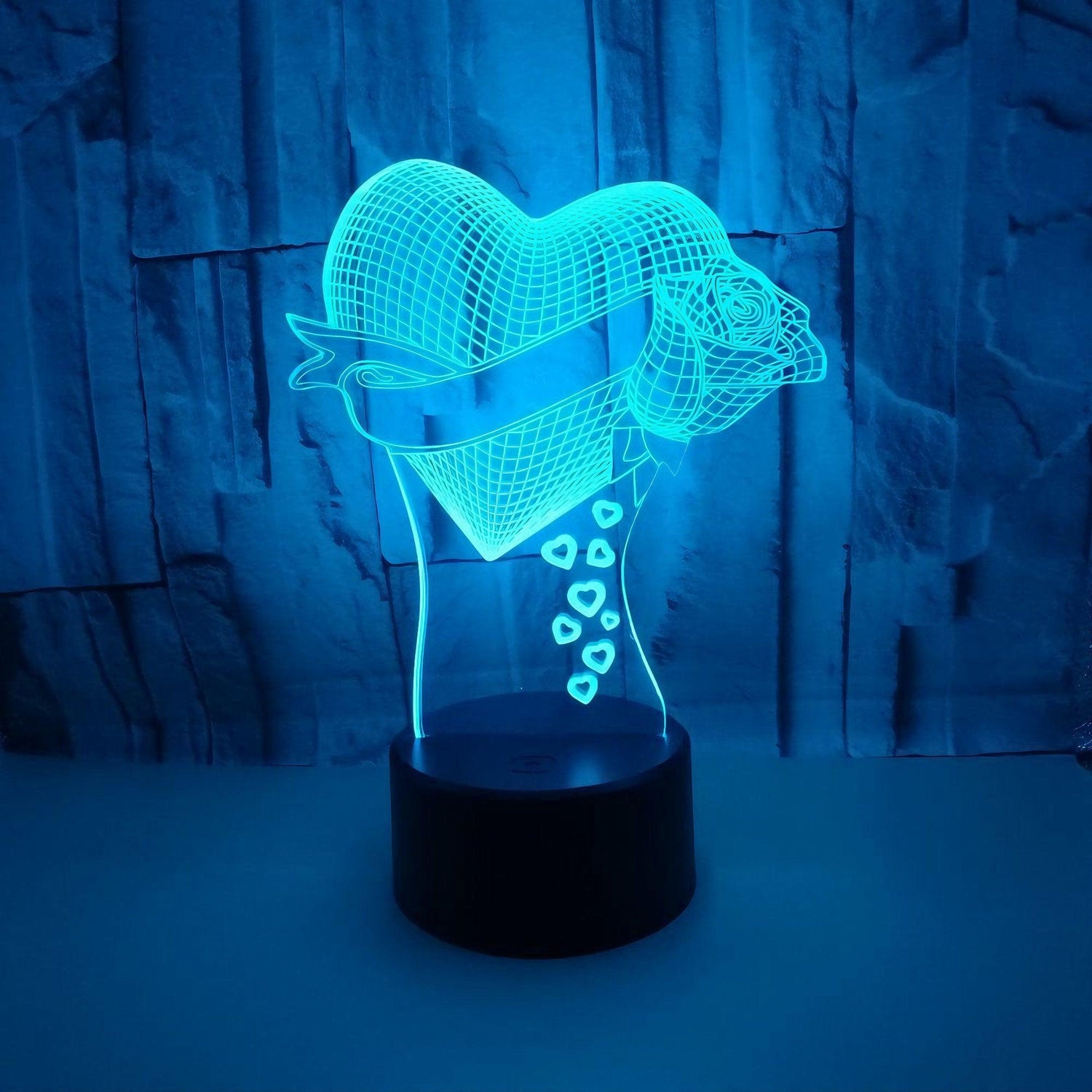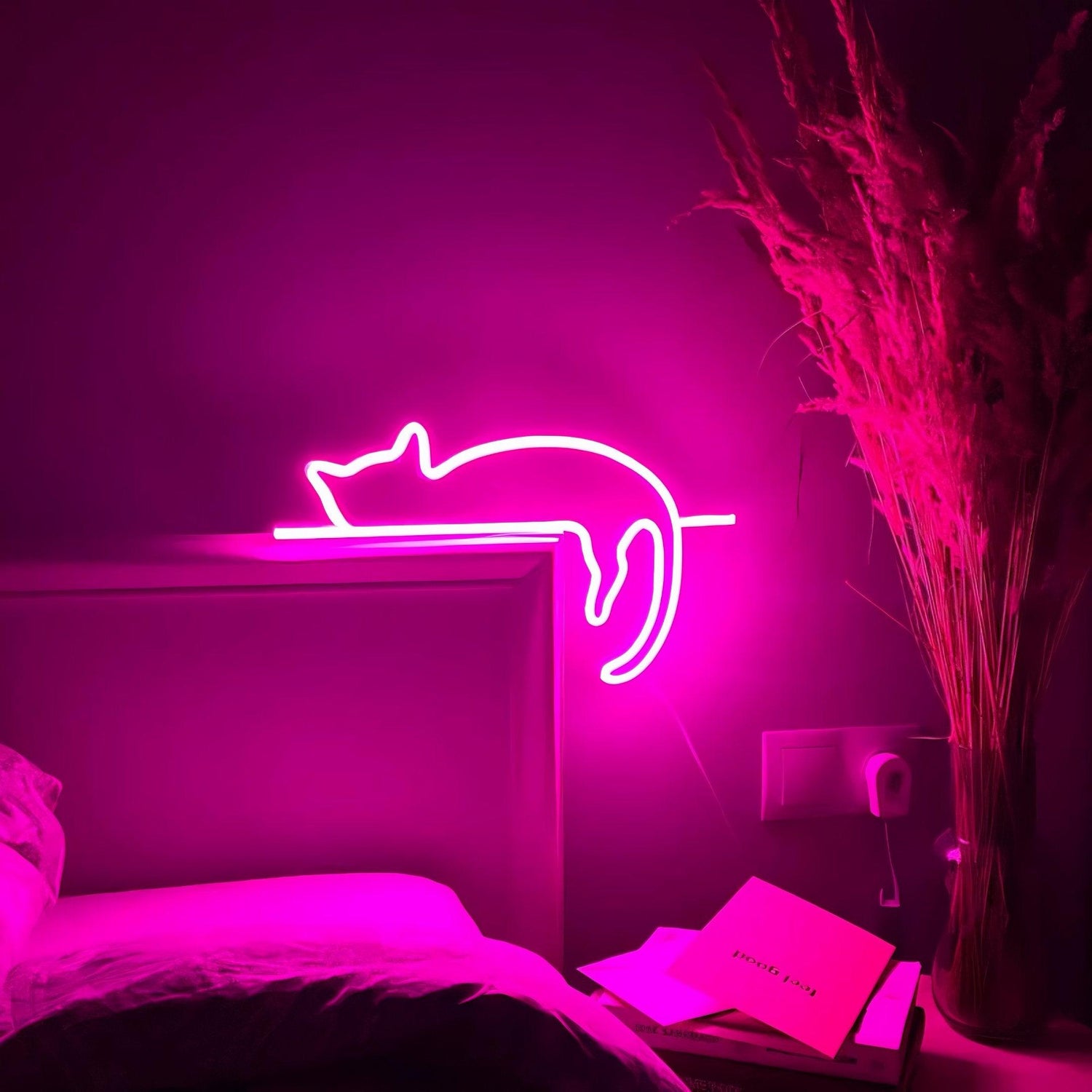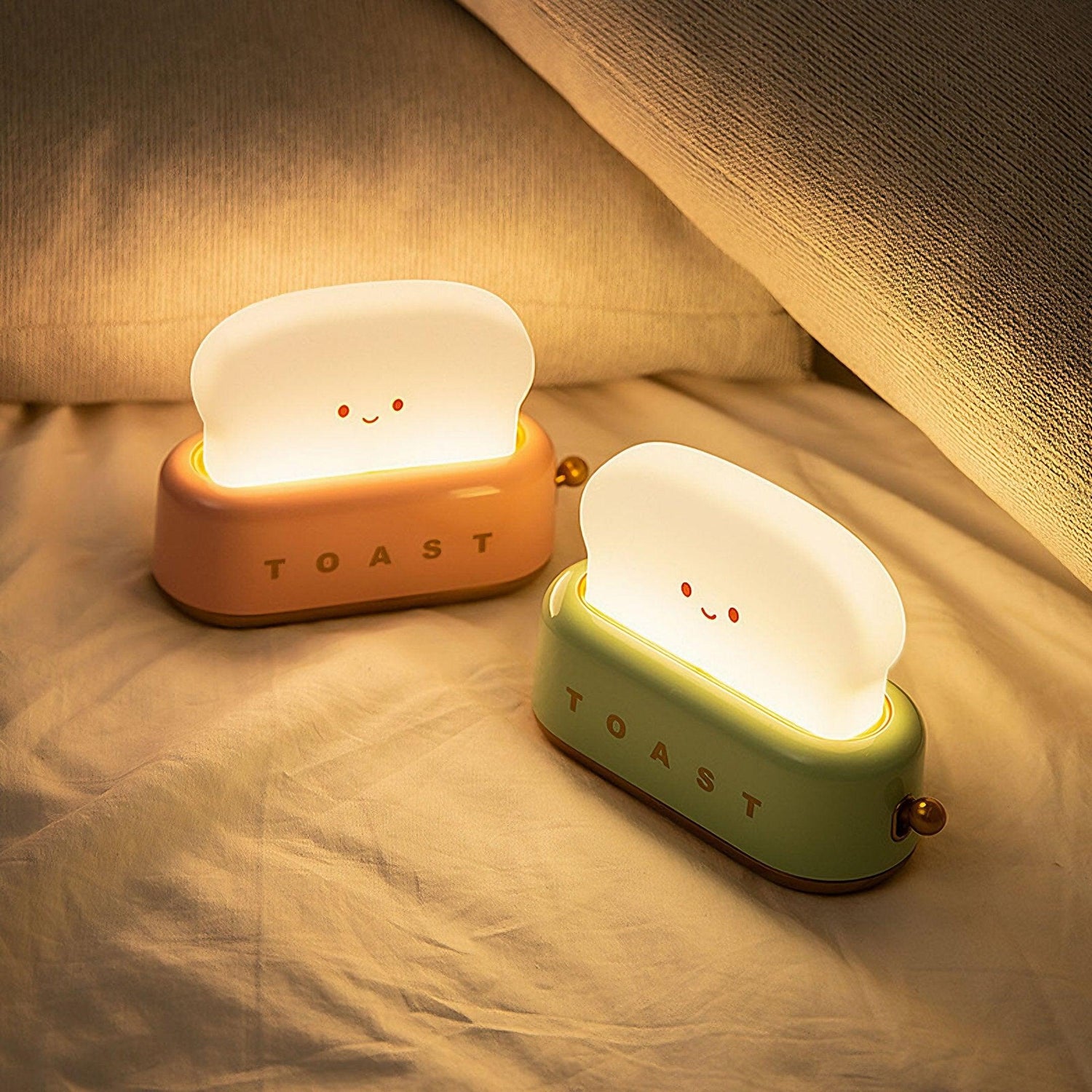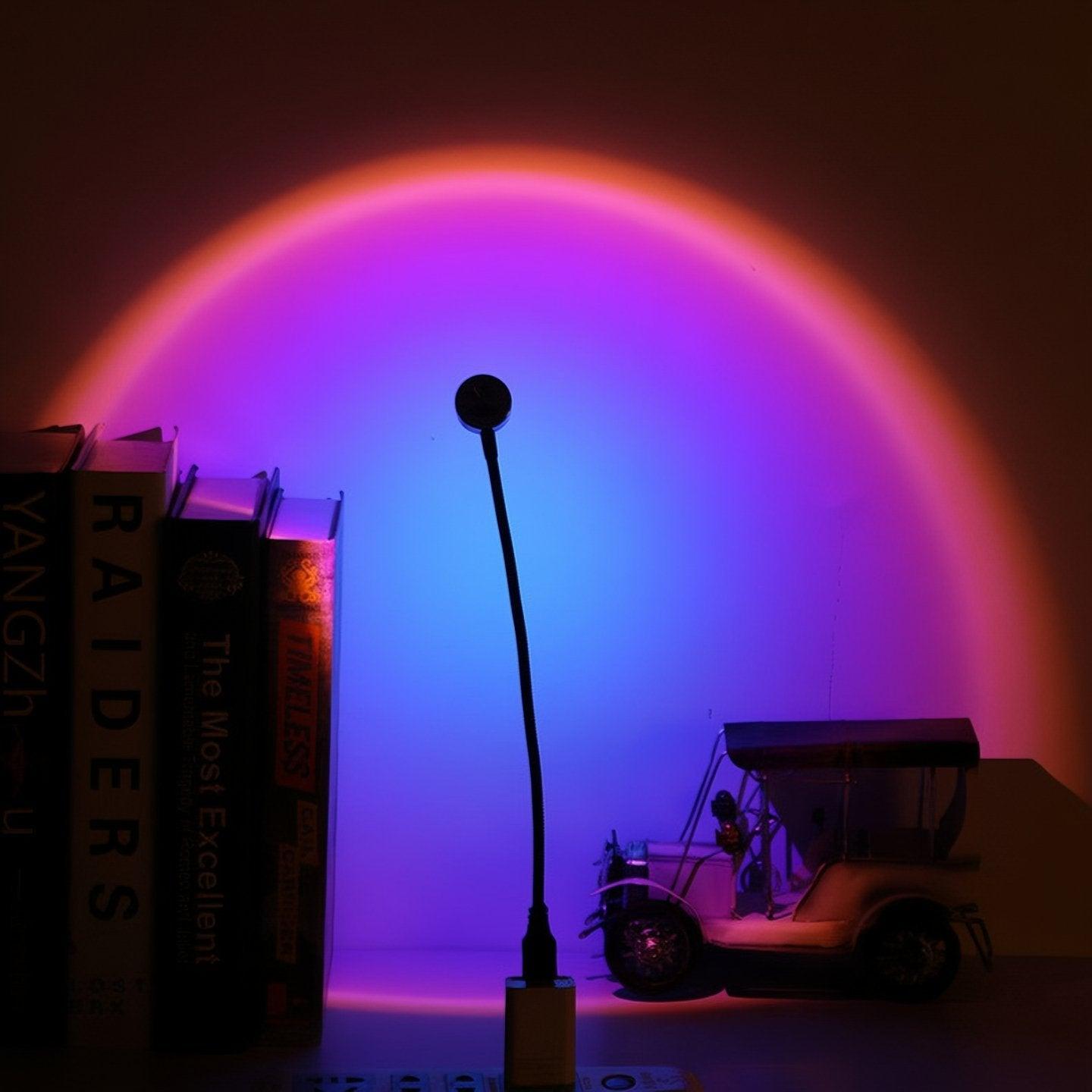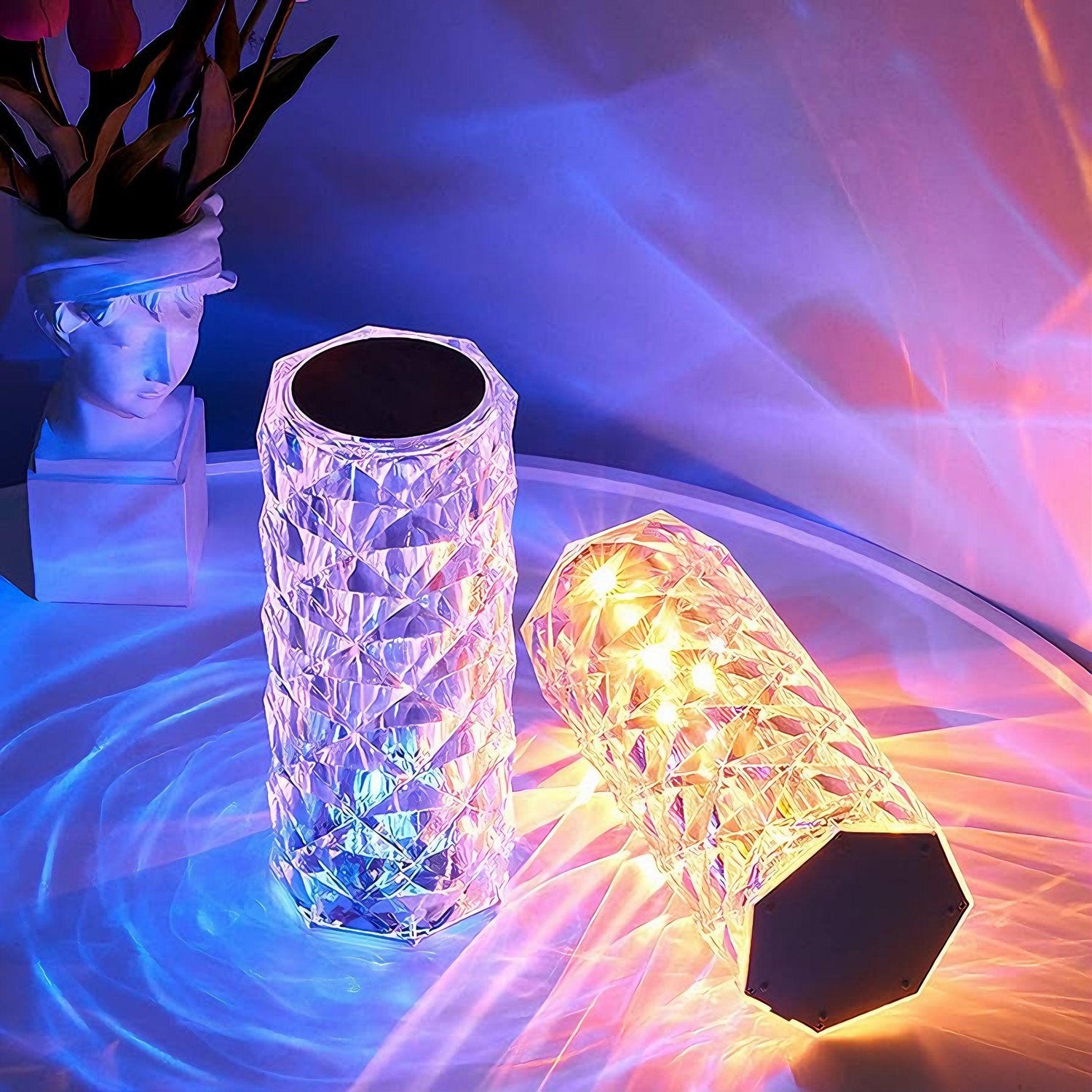Create Moodboards With Lighting Styles
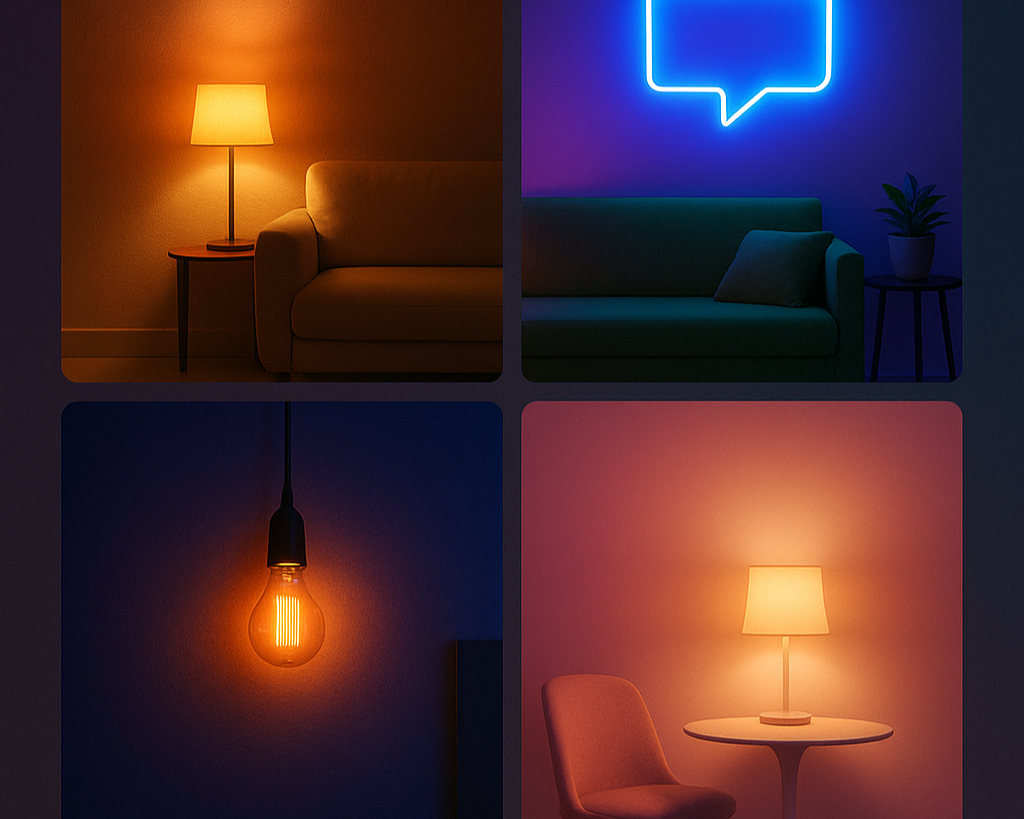
Lighting isn’t just about illumination — it’s a mood-shaping art form. The interplay between lighting and decor defines how a room feels, communicates your personal aesthetic, and even influences emotions.
Creating a moodboard for your space is a strategic way to merge lighting concepts with style ideas before implementing them in reality. This article will guide you through the process of crafting moodboards for lighting styles, teach you the psychology of light, and reveal advanced tips for aesthetic harmony in any space.
🖼️ Why Lighting Moodboards Matter
A moodboard is essentially a visual blueprint for your design vision. When you add lighting to it, you transform it from a simple decor concept into a living, breathing atmosphere plan. Moodboards help you:
Visualize lighting effects in context with decor.
Experiment without costly trial and error.
Maintain a consistent aesthetic tone across a room or entire home.
When combined with the power of lighting design, moodboards become the first step to creating spaces that inspire.
The Role of Lighting in Moodboards
Lighting in a moodboard should represent not only the source but the effect — how light interacts with textures, colors, and shapes. The goal is to capture how different lighting styles will influence the atmosphere of a space.
For example, pairing a warm amber lamp with a velvet throw creates a cozy, romantic vibe, while cool LED strips reflected off sleek furniture produce a modern, futuristic look.
This is why lighting in moodboards is not a detail — it’s the core.
🏠 How to Start a Lighting Moodboard
Step 1: Define Your Vision
Begin by asking yourself: What feeling do you want your space to convey? Is it serene and calming, bold and dynamic, or warm and intimate? Your answer will define your lighting choices.
For instance, a bedroom designed for relaxation might lean toward soft warm lighting like sunset projectors or dimmable lamps. A creative workspace, by contrast, might feature brighter, cooler-toned LEDs to promote focus.
Step 2: Choose Lighting Styles That Match the Mood
Lighting comes in various styles: ambient, task, and accent lighting. On a moodboard, represent each style with examples of actual fixtures or effects — such as a crystal lamp casting a warm glow, or a neon sign adding a pop of color to a minimalist wall.
Example product inspirations: Mini Sunset Lamp, Neon Signs. Aurora Borealis Projector.
Step 3: Layer Your Lighting Palette
On your moodboard, include not only the fixture style but also the color palette of the light. Warm whites, pastel gradients, and bold RGB tones will evoke very different aesthetics.
For example, pastel pink lighting paired with light wood creates a soft Scandinavian aesthetic, while deep blue or purple LED tones combine beautifully with metallic accents for a futuristic ambiance.
🌌 Types of Lighting Styles for Moodboards
When creating a lighting moodboard, consider mixing styles to add depth. Let’s explore some popular approaches:
Ambient Lighting: This is the room’s base layer — soft and even light that fills space. Examples include recessed LEDs, warm ceiling fixtures, or hidden strips under cabinets.
Task Lighting: Purpose-driven lighting for specific activities like reading or cooking. Desk lamps, adjustable floor lamps, or under-shelf lights fall into this category.
Accent Lighting: Decorative illumination to emphasize objects or areas. Neon signs, spotlights, or projection lamps like the Sky Projector work beautifully.
Mood Lighting: Dynamic lighting that shifts in color and intensity to enhance emotion and atmosphere. RGB strips, sunset lamps, and wave projectors are examples.
🖌️ The Psychology of Lighting Styles in Moodboards
Lighting affects more than visual perception — it influences mood, productivity, and wellbeing. Designers use lighting psychology to create intentional spaces:
Warm tones foster relaxation and intimacy, ideal for bedrooms and living rooms.
Cool tones promote focus and clarity, perfect for workspaces.
Color-changing LEDs offer creativity and personalization.
Soft diffused light improves calmness and comfort.
On a moodboard, you can pair lighting psychology with decor ideas so you know exactly how a style will feel before it’s implemented.
🏡 Using Moodboards to Plan Entire Rooms
A lighting moodboard shouldn’t be a standalone concept. The best results happen when it’s integrated into a full room plan.
For instance, if you’re planning a living room, your moodboard might include:
A base palette of warm amber LEDs to create a cozy foundation.
Accent lights like a Crystal Lamp or a Rainbow Projector to add personality.
Soft textiles, reflective surfaces, and furniture that complement your light tones.
This integration ensures your final design is cohesive and harmonious.
🔮 Advanced Lighting Moodboard Techniques
1. Layer Textures & Materials
Lighting interacts differently with different surfaces. Glossy surfaces amplify light, while textured materials absorb it. When creating a moodboard, consider how your lighting style complements your decor textures.
Example: Warm LED under a wooden shelf creates a soft, natural glow. Cool LED behind acrylic furniture produces a futuristic effect.
2. Use Color Palettes Strategically
Lighting color choice can dramatically change decor perception. Pastels give softness, bold neons add drama, and gradients create dynamic atmospheres.
3. Incorporate Seasonal Lighting Styles
Adjust your moodboard seasonally to reflect evolving decor themes:
Winter: Amber glow + plush textiles for warmth.
Spring: Soft pastel LEDs + floral accents for freshness.
Summer: Cool aqua tones + light wood for airiness.
Autumn: Warm reds + natural textures for comfort.
💡 Pro Tips for Lighting Moodboards
Creating effective lighting moodboards requires both creativity and strategy. Here are some professional tips:
Start with a theme (minimalist, bohemian, futuristic).
Collect lighting examples that fit your style.
Consider lighting placement and intensity.
Test lighting colors digitally before implementation.
📚 Real-Life Moodboard Case Studies
Case Study 1: Cozy Scandinavian Bedroom
Moodboard: Warm white LED strips under the bed frame, a Mini Silicone Night Lamp, light wood furniture, and linen bedding.
Outcome: A tranquil, minimal aesthetic perfect for restful sleep.
Case Study 2: Futuristic Gaming Space
Moodboard: RGB LED strips behind monitors, a Sky Projector, neon art signs, and acrylic decor pieces.
Outcome: Immersive, high-energy space ideal for creativity and streaming content.
Case Study 3: Bohemian Lounge
Moodboard: Warm fairy lights, a Crystal Lamp, layered rugs, and textured cushions.
Outcome: Cozy, eclectic vibe perfect for relaxation and gatherings.
📌 Tools & Apps to Create Lighting Moodboards
There are tools that make it easy to visualize your lighting + decor ideas before implementation:
Canva: Drag-and-drop moodboard creation.
Pinterest: Inspiration + organization.
Milanote: Professional-grade moodboarding.
Lightgrace Shop Pages: Use product pages as real-life examples.
🌟 Final Takeaway: Lighting Moodboards as Design Masterpieces
Lighting moodboards are not just planning tools — they are creative frameworks. They let you experiment, combine styles, and ensure your decor choices work in harmony with lighting before investing time and money.
By mastering this technique, you’re not just designing a room — you’re creating living art that blends function, beauty, and mood into one cohesive experience.
Whether your goal is a cozy home, a futuristic workspace, or a timeless living space, lighting moodboards are your design secret weapon.
